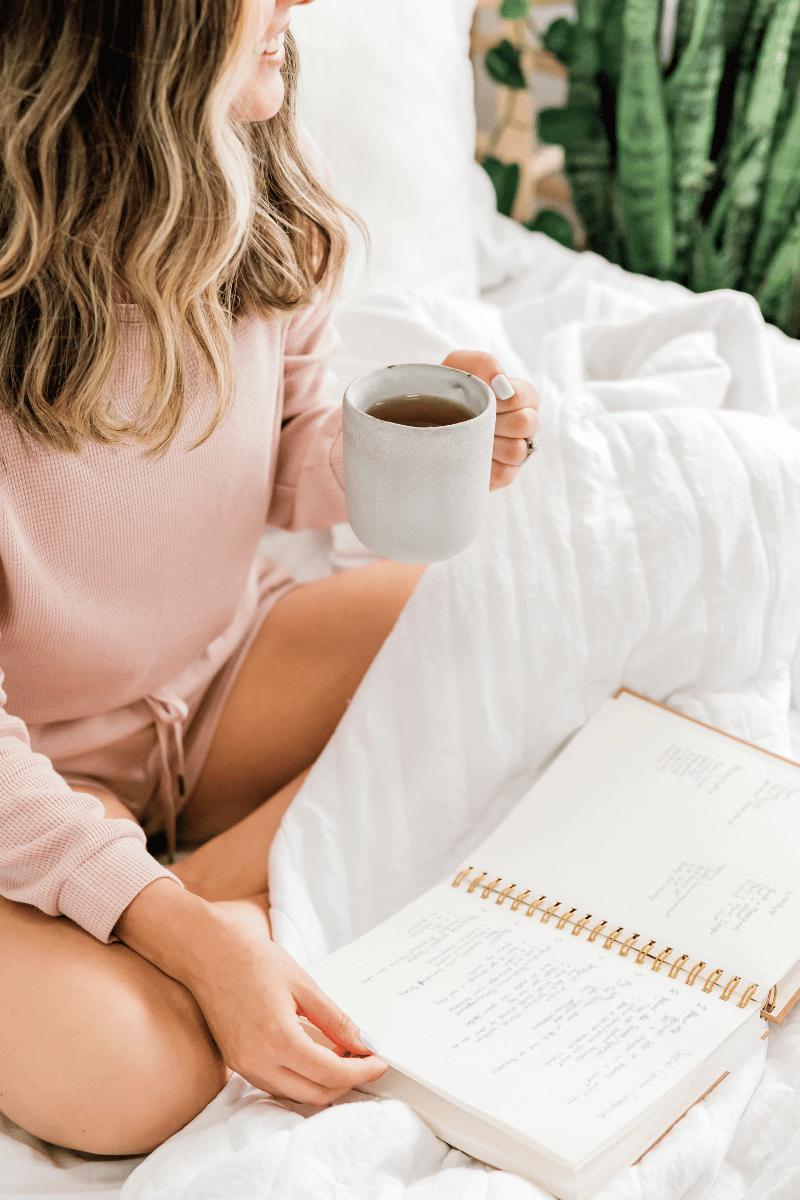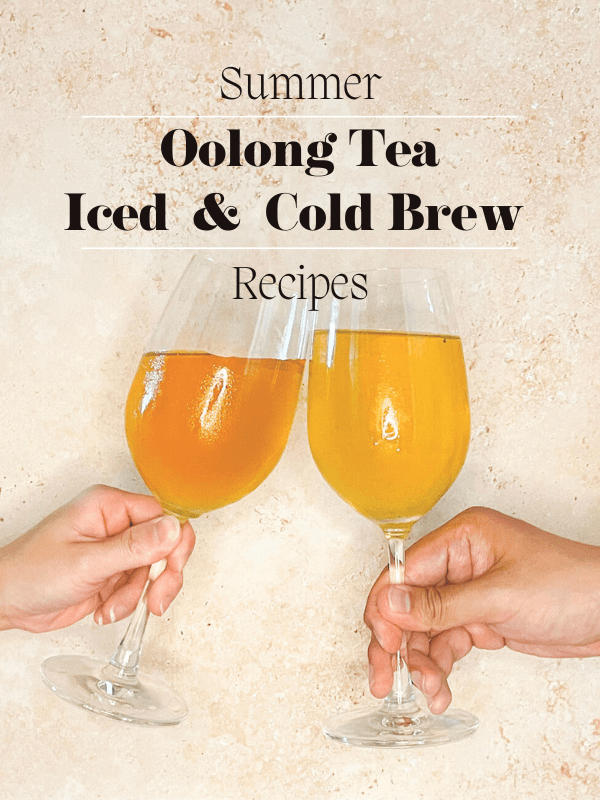How to Brew Oolong Tea: Step-by-Step Guide

How to Brew Oolong Tea Properly
Congrats on taking the next step in your tea journey!
You've got your oolong tea, and now you're probably wondering, "what's next?"
Brewing tea doesn't have to be complicated, and we're here to share some tried-and-true tips to enhance your tea experience.
At Chimney & Tea, we're all about making tea drinking simple, accessible, and personal. It should seamlessly blend with your lifestyle and the resources you have.
The following tea brewing guide and insights are a fusion of what I learned growing up in Taiwan. Additionally, I've included personal tweaks tailored to the environment and resources we have here in North America.
So strap in, and let's get started!
Step 1: Choose the Right Brewing Vessel

Whether you are using a mug, a teapot, or a bottle to brew your tea, we recommend choosing ones made out of ceramic or glass materials.

Ceramic and glass tend to do the best at bringing out the flavour of the tea and allowing the tea to release its most authentic flavour and aromas.
Ceramic vs. Glass Tea Accessories
Between ceramic and glass tea accessories, ceramic is better at retaining heat and keeping the tea warm.
Glass, on the other hand, allows us to appreciate the colours of the tea and watch the tea leaves expand and dance in the tea brewing vessel.

On the hunt for the perfect tea vessel and not sure where to start looking? Check out our stoneware clay PUR Tea Brewing Vessel!
Step 2: Choose Your Water

Does Water Quality Affect Tea Taste?
If we get technical about tea brewing water, the pH level and Total Dissolved Solids (TDS) of water directly affect both the appearance and taste of the tea.

According to the Ministry of Agriculture, Tea and Beverage Research Station of Taiwan, the best water for tea brewing is TDS 30-150 ppm (“soft” water) and water with a pH level below 7 (slightly acidic).
What is the Best Water to Brew Tea in?
The short answer to the best tea brewing water is: spring water.

Based on an experiment Chimney & Tea conducted brewing tea with 4 different store-bought water, we recommend:
- DASANI Re-Mineralized Water, or
- VOSS Still Natural Spring Water.

However, store-bought water isn’t the most economical and eco-friendly option for brewing tea, so let’s take a closer look at water alternatives.
Is it Okay to Make Tea with Tap Water?
In fact, tap water could be a good alternative to store-bought water.

While water quality differs from region to region, we’ve been able to brew tea with great taste and fragrance using Toronto tap water.
Types of Water to Avoid
On the flip side, we DON'T recommend using filtered or heavy alkaline water, as they generally have too little mineral content and the alkalinity.

Alkaline, distilled, sparkling and filtered waters tend to flatten and dull the tea flavour.
All in all, these are recommendations from our own experience. We strongly recommend experimenting with different waters to find what works best for you!
Step 3: Use a 1:50 Tea Leaves To Water Ratio

While the tea leaves to water ratio is largely subject to personal preference, we suggest starting with a 1g to 50 ml ratio, and adjust based on your own liking.
When making our Spring Glow High Mountain Oolong Tea Leaf, we recommend:
- Mugs: 3g of tea leaves to 150ml of boiled water.
Tea pots: 9g or 1 tablespoon of tea leaves to 450ml of boiled water.
If you are spontaneous like me, my personal rule of thumb is to fill the tea brewing vessel with tea leaves until the bottom is totally covered, and then add another thin layer of tea leaves.
Increase the amount of tea leaves if you plan on doing multiple steeps or have a preference for stronger tea.
How to Properly Brew Tea using Tea Bags

When making Cottage Retreat High Mountain Oolong Tea Bags, use 1 tea bag and 300ml of water as a starting point and adjust to your preference.
*Optional but recommended: Remove tea leaves/bag after each steep.
This can help prevent the tea leaves from releasing too much caffeine into the tea and tea becoming too bitter.
- For tea leaves: use a tea strainer which should have "enough room" to allow the tea leaves to fully expand.
- For tea bags: simply remove it from the tea vessel.
Step 4: Start with a 60-Second Steep Time

Steeping tea leaves allows the elements in the tea leaves to release into the water. This includes minerals, L-theanine, antioxidants, caffeine, and more.
A shorter steep time results in lighter caffeine and taste. On the opposite side of the spectrum, a longer steep time results in higher caffeine and stronger taste.
Over-steeping Can Result in Bitterness in the Tea

With our Spring Glow High Mountain Oolong Tea, we recommend starting with a 60 second steep time, and extending the steep time based on your preference.
If you are doing multiple steeps, increase the steep time by 60 seconds during each additional steep.
*Optional but recommended: Cover the mug or tea pot with a lid or saucer when steeping the tea. This is to retain the heat and aromatic compounds in the tea.
Step 5: Store Your Tea
Always store the tea in a dry environment, away from sunlight.
Processed tea absorbs humidity and odours from its surroundings over time.

Keep the tea in a sealed airtight container, and away from coffee, other types of tea, spices, and substances which have strong odours to prevent the tea taste and fragrance from being affected by them.
Brewing the Perfect Cup with Chimney & Tea

Remember, the magic of tea is its adaptability. Adjust the brewing time and temperature to your liking. As you delve deeper into your tea journey, the act of brewing oolong tea can become a soothing, meditative experience.
We hope you've found our Oolong Tea Brewing Guide useful! Don't forget to share this guide with friends, family, and other tea enthusiasts who might want to learn more about oolong tea.
If you have any questions about brewing your Chimney & Tea oolong, contact us for more details.



